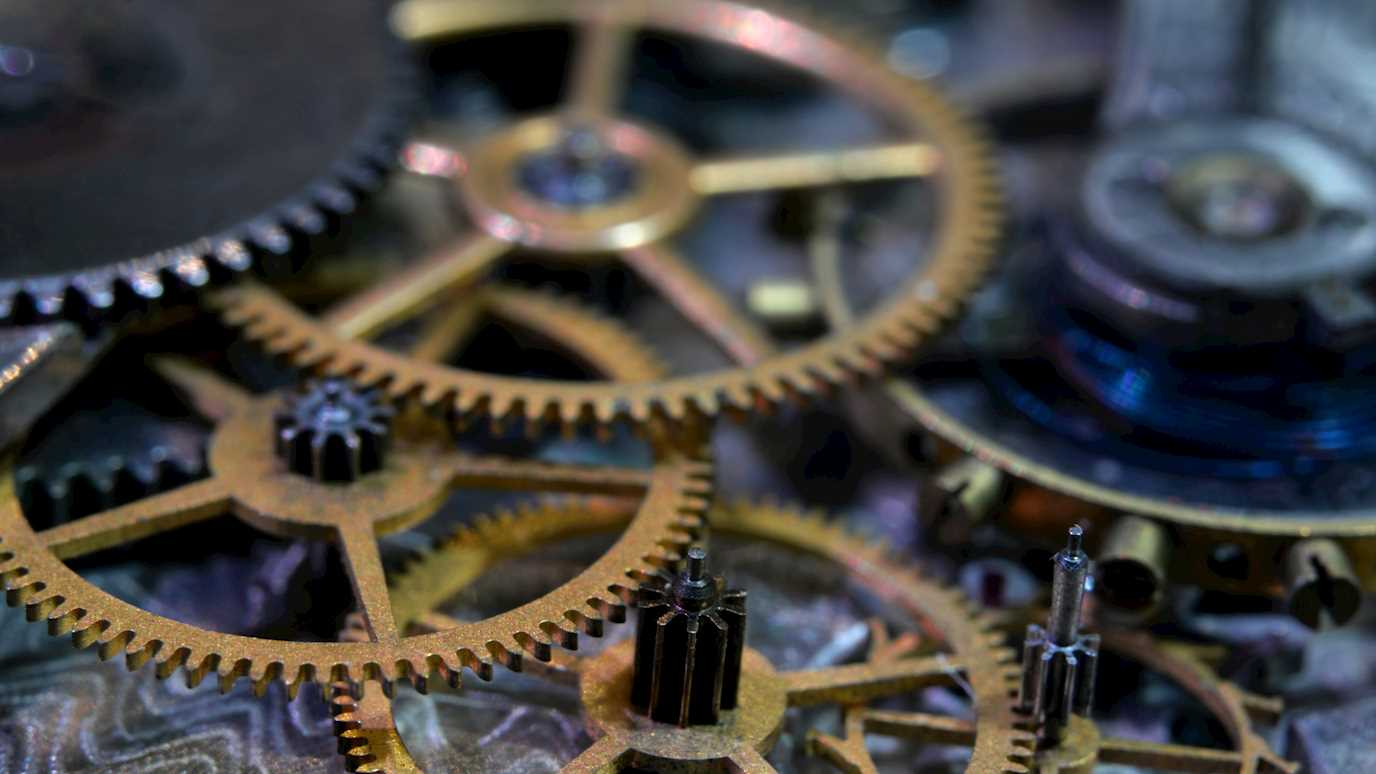What do people think when they hear the term "organized crime"? New research published in Psychology, Crime & Law examines this question in Italy and the US.
The term 'Organized Crime' conjures images of shadowy figures and criminal syndicates. But what do people think when they hear the term "organized crime"? Our recent research (available here in open access) delved into this question, exploring how ordinary people in Italy and the US perceive this complex phenomenon.
The Challenge of Defining Organized Crime
Defining organized crime is no simple task. With over two hundred definitions varying in precision and characteristics, even legal and academic communities have not reached a consensus. This ambiguity led us to investigate how the public defines and understands organized crime, a surprisingly under-researched subject. The public is a significant stakeholder in the fight against organized crime. It is, therefore, important to address how it understands the phenomenon.
The Research
Our research comprised three studies involving nearly 1000 participants from Italy and the US:
- Study 1: We identified the shared features that people associate with organized crime in Italy and the US
- Study 2: Participants rated the centrality of these features. Interestingly, exposure to news in Italy and TV and movies in the US were associated with these ratings.
- Study 3: We demonstrated the diagnostic value of these features, showing how they are related to perceptions of danger and representativeness.
Key Findings
Despite some tendency towards romanticized understanding, especially in the US, we found complex and multifaceted prototypes of organized crime. For instance, people employed features such as violence, illicit activities, hierarchical structures, corruption, or control of the territory. These features provide a glimpse into how people categorize and make sense of the complex phenomenon of organized crime.
When we asked a second sample of participants from each country to rate the centrality of the features, we revealed eight macro dimensions in Italy and seven in the US. These macro dimensions summarise which features covary together in terms of centrality. Moreover, we also found that exposure to different media types was associated with how central the features were perceived. In Italy, exposure to the news was a key predictor of how people rated the centrality of the features. This suggests that the way organized crime is portrayed is associated with the public’s understanding. In the US, on the other hand, exposure to TV and movies was a more significant predictor. This finding aligns with the widespread portrayal of organized crime in American popular culture, from the Godfather series to more recent productions.
Finally, we demonstrated that criminal entities described using more central features were perceived as more representative of the concept of "organized crime" and more dangerous.
Conclusions
These findings have real-world implications. Public perceptions can shape policy, law enforcement strategies, and communication efforts. It also opens doors for further research, exploring how these perceptions are formed and how they might be influenced.
Our study sheds light on the intricate ways people perceive organized crime, a subject that affects communities worldwide. By uncovering these lay prototypes, we hope to contribute to a more nuanced understanding that can inform both policy and public discourse.
























